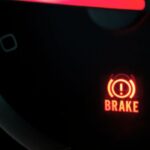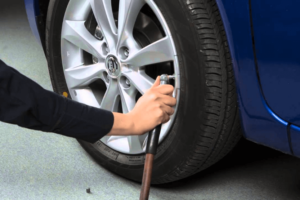The tires on your car are one of the things that will determine if your road trip will be comfortable or not. You will experience comfort if your tires have the right load range. Load Range SL – what does it mean?
Load Range SL-rated tires can carry their maximum load capacity if they are inflated at 35 psi. The letter SL stands for Standard Load. There’s another tire load rating that is called XL, which means extra load. XL-rated tires can carry heavier loads with an inflation pressure of 41 psi.
Standard load tires are commonly used for cars that normally carry passengers with no heavy loads. But SL rated tires can also be used on SUVs and light trucks. If SL tires are part of the original equipment of your pickup truck, then they are capable of carrying the maximum load capacity of your vehicle. However, it would be better if you upgraded them to XL tires.
Read on to learn more about Load Range SL tires, what SL means, its features, and how it is different from XL-rated tires.
Load Range SL – What Does It Mean?
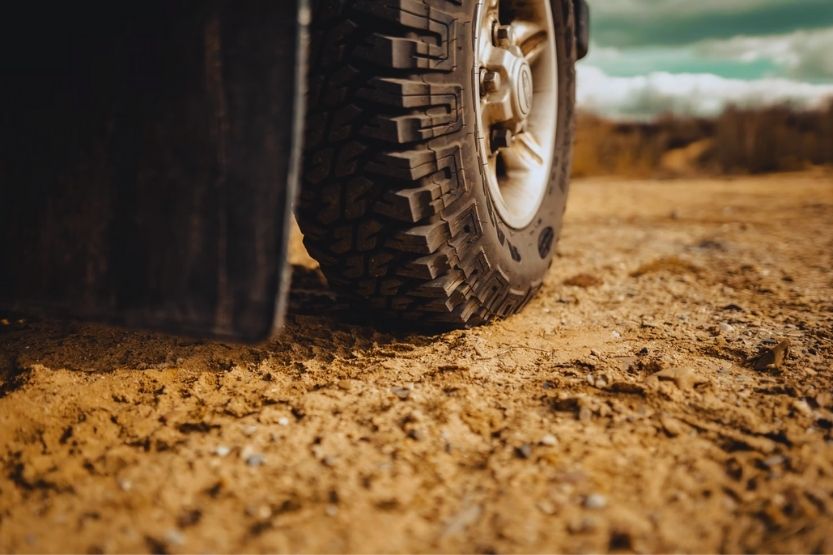
Rating That Informs Consumers of Tire’s Load Capacity
Load Range SL is a tire rating used by tire manufacturers to inform consumers about the tire’s load capacity. The letter SL stands for Standard Load. If you see a tire with this rating, it means it can carry its maximum loading capacity if its inflation is no less than 31 pounds per square inch or psi.
Passenger Vehicles Usually Use SL Tires
A majority of passenger vehicles that you see on the road are fitted with SL tires. But these tires can also be used on SUVs and some light trucks. So, if your pickup truck came with SL tires as its original tires, it means you can safely use it to carry its maximum load capacity.
Other Tire Ratings
Tire experts use this rating to define the tire’s ability to carry weight and hold pressure. SL or Standard Load is one of the tire ratings they use to classify tires. Another rating that they use is XL, which stands for the extra load. C1 and C2 are two other tire ratings that tire experts use to classify tires.
Regarding load carrying capacity, SL or standard load is the lowest rating tire manufacturers give to tires. These are the tires recommended for passenger vehicles. If your truck comes with SL tires, be careful how much load you carry. You can certainly consider upgrading them to XL.
Why Is There a Need for Tire Load Ratings?
Tire manufacturers assign a maximum load rating to a tire according to the following:
- Size,
- Inflation Pressure, and
- Construction.
P-metric Sized Tires
Some tires are P-metric sized. Meaning, these are the tires with the letter “P” at the beginning of their names.
For example, there are tires with P235/75R15 on their sidewalls. The “P” in these tires means they a P-metric sized. These tires are given several load ratings, depending on several factors. They can be rated as SL or XL.
SL or XL Rated Passenger Tires
Passenger tires can either be SL or XL rated. There is also another tire rating that can technically be considered as Light Load. However, they are not too common in the market. They are also precise, so ordinary consumers won’t be able to get them.
Rating Denotes Whether the Tire Has a Reinforced Structure or Not
In reality, the designation or rating has no connection with the tire’s load index, which denotes the maximum load or weight the tire can carry. The rating is more about whether the tire is made with a reinforced structure or not.
Manufacturers usually indicate the tire’s maximum load capacity on their sidewall or the tire load/inflation chart. Tires of the same sizes that are SL-rated have the same maximum load capacity. For instance, all tires with P235/75R15 indicated on their sidewalls have 2,018 pounds as their maximum load capacity.
What Are Standard Load Tires?
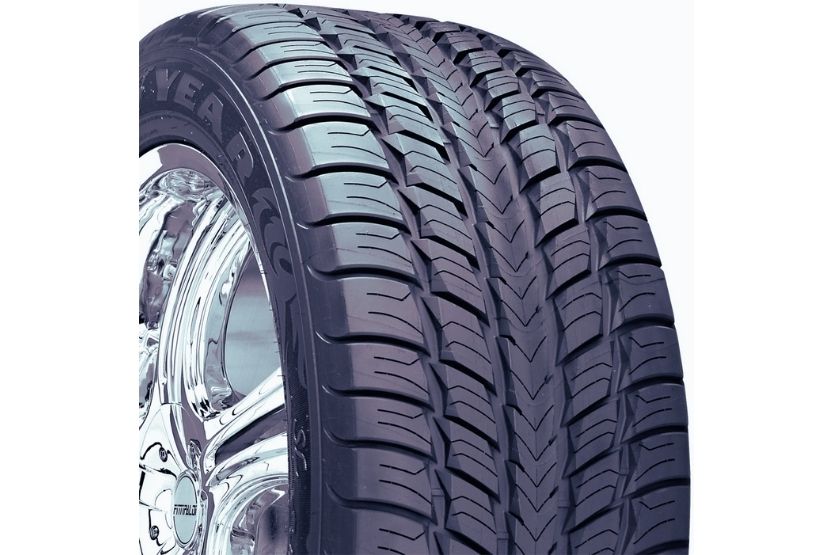
Can Carry Maximum Load Capacity at Inflated Pressure of 35 psi
It bears repeating that SL-rated tires can carry their maximum load capacity at their inflated pressure of 35 psi. In other words, these tires can carry the weight and bear the weight pressure (that is designated by their load index, which is indicated on their sidewalls) without any reinforcement in their internal structures.
Mostly Made for Passenger Vehicles
They are mostly made for passenger vehicles used for everyday driving and don’t normally carry or bear heavy loads. Most passenger tires in the market will either have the SL marking or none at all.
While SL tires are for everyday, normal use, XL tires are more for heavy-duty and demanding applications. These higher-rated XL tires can carry a much heavier load than SL tires. They can do so because their internal structures are reinforced.
Features of Standard Load Tires
You need to know the features of SL-rated tires so that you can decide if they are the ones you need for your car or pickup or if you will need stronger tires that can withstand heavier loads:
1. 35 PSI Maximum Load Pressure
SL-rated tires do not have any reinforcement in their structures or inner walls. As such, they can only carry as much load. You cannot take more than what is indicated in its load index. Their inner outline will be damaged if you insist on carrying much more than their load capacity suggests.
But if you strictly follow their load indexes, these tires will still give you a fun ride and many years of service.
2. Fuel-efficient
One good thing about using SL-rated tires is that the fuel efficiency of your car will improve. Why? These tires do not need much power from the engine to make them turn and rotate. In general, they are smaller and lighter than XL tires. So, you don’t need much fuel to move them.
They are also cheaper than XL tires, so you also save money. If you only use your car daily and seldom on out-of-town trips, you will be better off with SL tires.
3. Not So Strong
SL tires are designed to be used for ordinary purposes. They are not made to withstand the rigors of the outdoors and inclement weather. These tires are made for the average consumer whose main purpose is to use their vehicles to go from point A to point B.
Standard Load tires are not for off-roading trips, nor are they continuously used in water-logged streets. Don’t expect too much from these tires because they are not strongly built. You will be disappointed if you do.
4. Have Shorter Lifespan
With a less-stronger structure and frame, and no reinforcement in their inner walls, SL tires can get damaged easily, especially if you don’t care much for the quality of the road that you are running them into.
So, if you want them to last, choose the roads and streets that you will let them run through. Don’t expect them to last for years if you are in the habit of passing through potholes, mud, and murky water every day.
5. Can’t Withstand Heavy Loads
SL tires are built for standard applications. Their internal structures are designed to work in standard situations. That is the reason why they are called Standard Load tires. In other words, you cannot use them to carry extra loads, especially heavy loads.
SL tires will not absorb the hits from the sharp pebbles and stones of rugged roads constantly. Occasionally maybe, but not regularly. Remember that road conditions are not always friendly to your SL tires.
Again, what does Load Range SL mean? Load Range SL (Standard Load) tires can carry their maximum load capacity while inflated at 35 psi. Meanwhile, XL-rated tires can carry heavier loads with an inflation pressure of 41 psi than SL tires.
What Are XL Tires?

More Robust and Rugged Tires
If you want more robust and rugged tires that can occasionally handle off-road conditions, you will need XL or extra load tires. You should consider that if you mount P-metric tires on an SUV or pickup truck, this will reduce their maximum load capacity by 9%.
So, if you mount the P235/75R15 tires on an SUV or pickup, the effective maximum load per tire will be 2,028 x 9%, which brings the maximum weight that a tire can handle to 1,825.2 pounds. With four tires, your truck can handle a maximum load of 7,300 pounds.
You cannot increase the load capacity of an SL tire by just inflating it to more than 35 psi. If you do this, the tire will have more than 35 psi inside it, but it will still attain its maximum load capacity at 35 psi.
Better in Carrying Heavy Loads
If you use your truck or SUV to carry heavy loads, you will be better off with XL tires. The internal structures of these tires are reinforced to enable them to handle heavy-duty work. You can inflate these tires to their maximum load pressure of 41 psi.
Extra Strength and Durability Due to Additional Strengthening Materials
Tire manufacturers reinforce XL tires with the addition of strengthening materials on the tire shoulders. These additional materials give them extra strength and durability. This additional process also lowers the chances of tire damage from road impact and minimizes probable tire deflections.
In short, XL-rated tires can handle heavy loads that SL tires of the same sizes cannot handle. Considering all factors, they are also a lot stronger and more durable to last longer.
Comparing SL Tires With XL Tires
If used according to their manufacturers’ recommendations, both SL and XL tires will provide you with their best service. You can figure out which one is better when you think of how you’ll be using your car.
In this context, I am giving you a table that compares SL tires to XL tires. This table will provide you with an overview of what these two types of tires offer, so you can see the type that will fit your purpose:
| Aspect | SL Tires | XL Tires |
| Load Pressure, maximum | 35 psi | 41 psi |
| Application | Daily drive on city streets | Daily drive, heavy-duty drive, and occasional off-road drive |
| Construction | Standard construction | Reinforced construction |
| Quality | Standard quality | Damage resistant, longer life |
Conclusion: Load Range SL – What Does It Mean?
Load Range SL is a tire load rating. The letter SL stands for Standard Load. If a tire has this rating, it can carry its maximum load capacity if its inflation pressure is 35 psi. There’s another tire loading which is called XL. Tires with an XL rating are more robust than SL-rated tires.
The letter XL stands for the extra load. Tires with this rating can carry their maximum load capacity if their inflation pressure is 41 psi. SL-rated tires are commonly used for passenger cars, while XL-rated tires are usually installed in SUVs and pickup trucks. They can handle heavy-duty work.
Related reading:
Low Tire Pressure Light On But Tires Are Fine [Why Is This?]
Screw in Tire (Leak or No Leak) – What to Do?

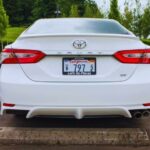
![DRL Warning Light [What Does It Mean, Causes, and How to Fix] what does the drl warning light mean](https://roadsumo.com/wp-content/uploads/2022/04/what-does-the-drl-warning-light-mean-150x150.jpg)



